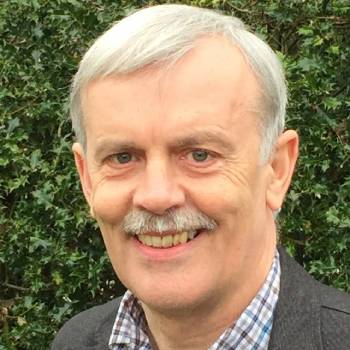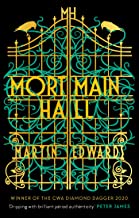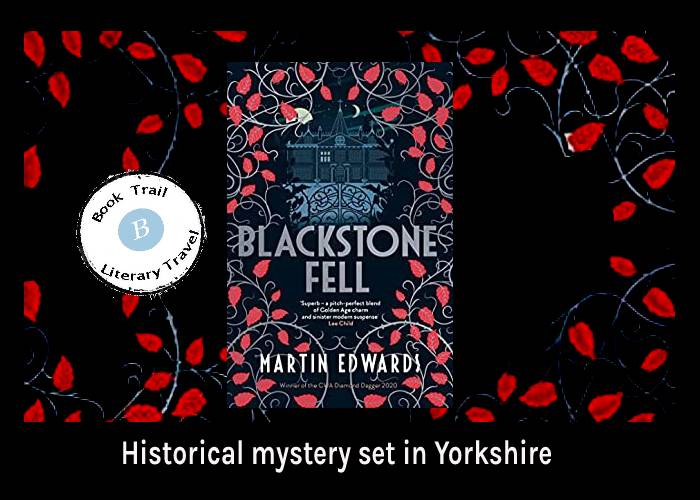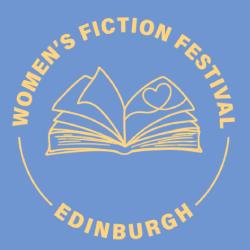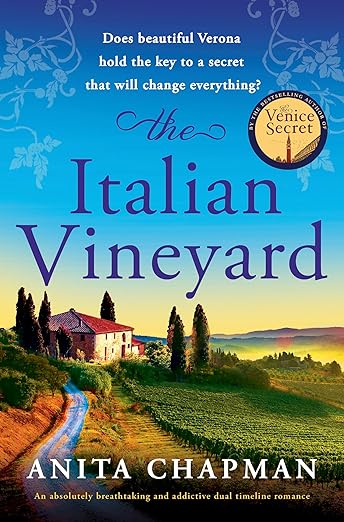Travel to Yorkshire with Martin Edwards
Rachel Savernake and a Sense of Place
Expert on all things cosy/traditional crime, Martin Edwards, is here today to talk about why location is important in his novels….
Setting plays a crucial part in all my novels, shaping the progress of the whole story. You can see that in my first series about the Liverpudlian lawyer Harry Devlin and – in a very different way – in my second series of contemporary cold case mysteries in the Lake District. Setting, historical as well as geographical, is perhaps even more significant in my books about Rachel Savernake. To emphasise this, the title of each book refers to a particular location. Of course, strong characterisation is vital. So is an engaging and twisty puzzle.
Overall, I’m aiming for a harmonious blend of those three key ingredients:
People. Place. Plot.
My American publisher describes the style of my Rachel Savernake series as ‘Golden Age Gothic’. The events take place in the early 1930s and the books feature many classic Golden Age detective fiction tropes: locked room riddles, dying message clues, ciphers, country houses, cluefinders, and so on. The aim is entertainment, but I’m writing in the twenty-first century, and so I try to infuse the stories with a psychological depth and an examination of character and society that wasn’t so common in Golden Age stories, when the main focus was simply on ingenuity of plot. Making inventive use of settings also helps to give the storylines a distinctive flavour.
The Harry Devlin books are inherently urban; the Lake District series is rural in nature. The settings influence the pace and mood of the narratives. The Rachel Savernake stories keep shifting between cities and the countryside. I choose types of background popular during the Golden Age – the country house, the foggy London streets, the eerie villages, and so on – but try to freshen them up. That means plenty of research: not merely visiting locations but trying to understand what life was like there, back in the 1930s. In other words, a historical version of what Ann Cleeves calls ‘human geography’.
BookTrail locations in Gallows Court
Gallows Court, the first book, opens in London with an encounter between the inquisitive journalist Jacob Flint and the enigmatic Rachel Savernake, a woman as ruthless as she is rich. I set many of the scenes around Amwell Street in Clerkenwell, where Jacob lives, and in a fictional enclave around Lincoln’s Inn (which I know from my day job as a lawyer), the eponymous Gallows Court.
Other key events take place in places as different as Cornwall and Oxford; they help not only to move the story forward but to vary its mood and tone. Variety is something I care about. I’m not trying to write conventional pastiches, or to offer the same-old, same-old, but to interweave the familiar and the unexpected. A good mix of vivid settings contributes to the overall impact.
BookTrail locations in Mortmain Hall
Mortmain Hall is a country house mystery, but again the settings are diverse. The story begins with a menacing encounter on the ‘Necropolis Railway’, which ran from Waterloo to Brookwood Cemetery (near Woking) until the early 1940s. To get the details right, I consulted an expert on the history of this bizarre but fascinating line.
Mortmain Hall is on Mortmain, a fictional peninsula on the north Yorkshire coast. Its real life counterpart is Ravenscar, an atmospheric village which in the early years of the last century was meant to become a rival to Scarborough. The development was finally scuppered by the First World War, and after I visited the area as a boy and saw the remains of the ‘ghost resort’, it stayed in my memory. When I was planning the book, I stayed at Raven Hall Hotel and explored the coastline. Lovely on a nice day, but with oodles of sinister potential. Writing the scenes set around Mortmain was great fun.
BookTrail locations in Blackstone Fell
Blackstone Fell was written during the pandemic, and I explored some of the settings which inspired me after the first lockdown. The main inspiration came from Hardcastle Crags, a remote valley north of Hebden Bridge. The mysterious Blackstone Tower is a reimagining of Salomon’s Tower, near Tunbridge Wells, while the model for the caves in the fell is Kinver Edge in the West Midlands. The dangerous Blackstone Leap fictionalises the real life death-trap that is Bolton Strid in Yorkshire. The combination of so many menacing elements ensures that Blackstone Fell is a very deadly place indeed…
In short, I believe that an evocative story benefits hugely from an evocative setting – and very often, more than one. As the Rachel Savernake series progresses, I plan to explore more atmospheric locations in which Rachel and Jacob can solve devilish puzzles with their customary verve. I’m currently working on Sepulchre Street, with key settings in Rye and spooky Romney Marsh – but that’s another story…
Thank you Martin! Honestly this is one of my favourite historical series so get these on your TBR pile right now!
BookTrail Boarding Pass: Martin Edwards books
Twitter: @medwardsbooks Web: martinedwardsbooks.com/

